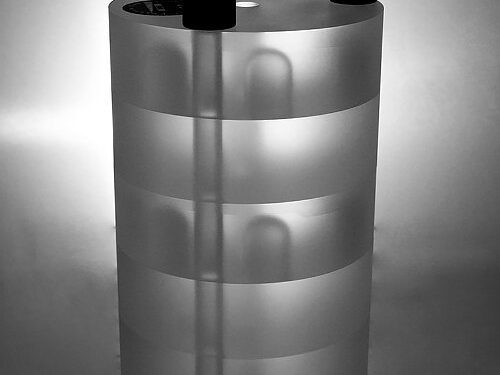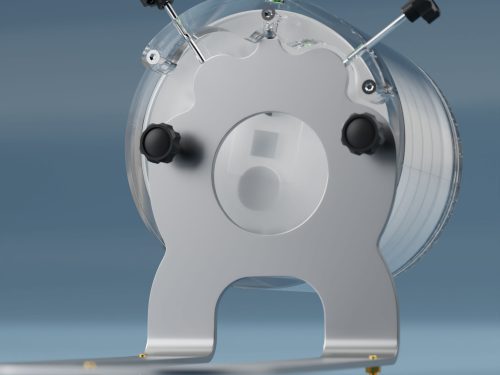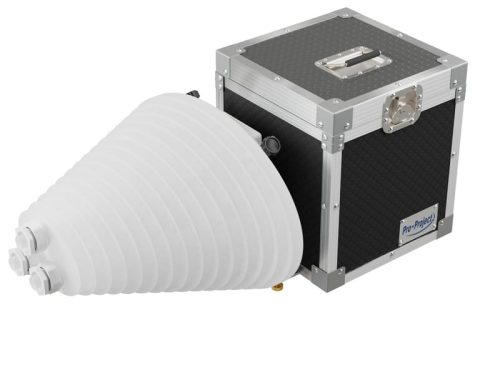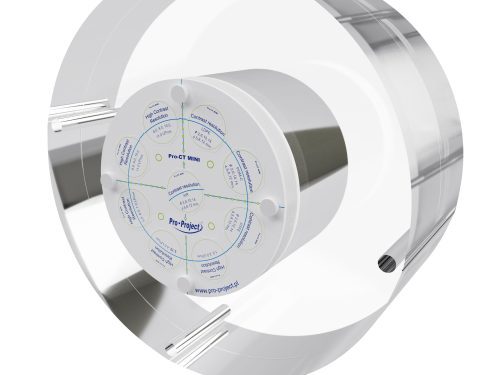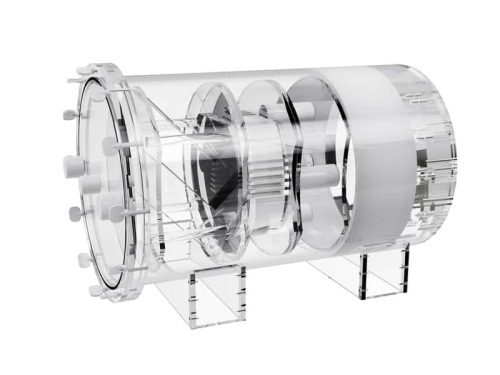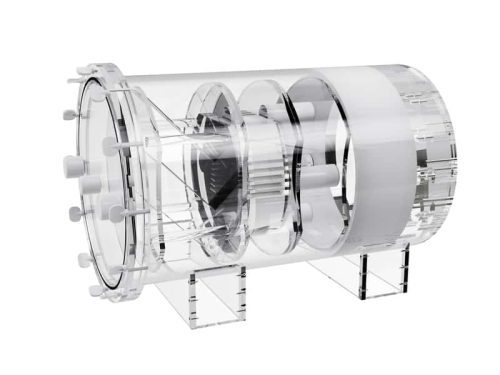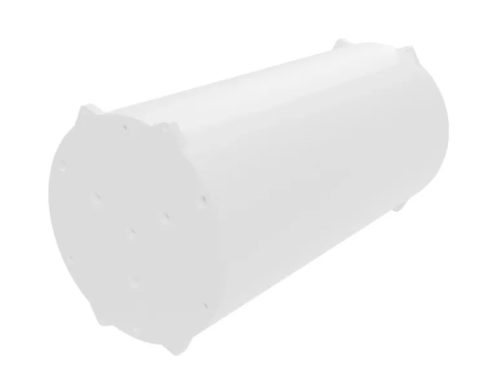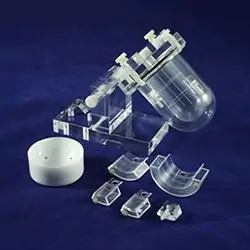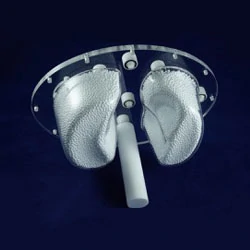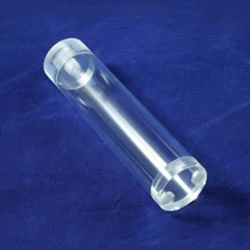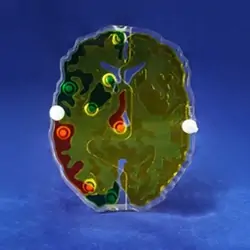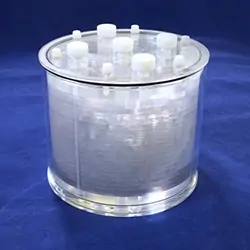-
 The Liver Phantom combines the advantages of objective test objects and anthropomorphic elements for evaluation of advanced iterative processing. The phantom includes low contrast test objects designed both for ROC tests along with conventional patterns, metal artifact inserts, and beads for MTF calculations.
The Liver Phantom combines the advantages of objective test objects and anthropomorphic elements for evaluation of advanced iterative processing. The phantom includes low contrast test objects designed both for ROC tests along with conventional patterns, metal artifact inserts, and beads for MTF calculations. -
 The Anthropomorphic Torso Phantom includes a large, body-shaped cylinder with lung, liver, and spine features. The lung inserts can be filled with polystyrene beads and water to simulate lung tissue density. The product simulates the upper torso of an average to large person and also depicts the anatomical structures and radioactivity distributions.
The Anthropomorphic Torso Phantom includes a large, body-shaped cylinder with lung, liver, and spine features. The lung inserts can be filled with polystyrene beads and water to simulate lung tissue density. The product simulates the upper torso of an average to large person and also depicts the anatomical structures and radioactivity distributions. -
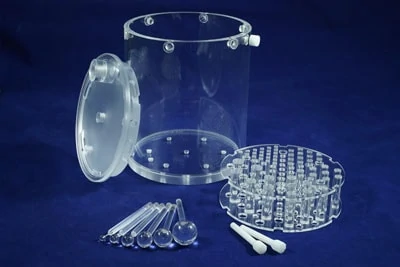 The phantom for NM and PET systems performance evaluation (collimator, artifacts, calibration, reconstruction parameters). It can be used to evaluate, for example: center-of-rotation error, non-uniformity artifacts, changes of radius-of-rotation on spatial resolution, reconstruction filters on spatial resolution, attenuation and scatter compensation.
The phantom for NM and PET systems performance evaluation (collimator, artifacts, calibration, reconstruction parameters). It can be used to evaluate, for example: center-of-rotation error, non-uniformity artifacts, changes of radius-of-rotation on spatial resolution, reconstruction filters on spatial resolution, attenuation and scatter compensation.



